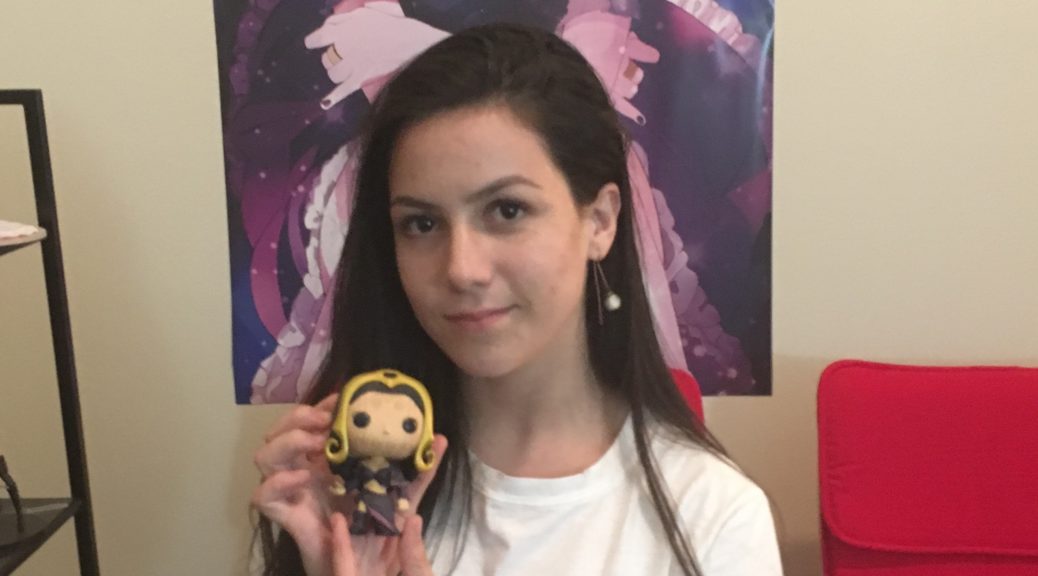
How to Find Prior Art and Patentability Searches
How to Find Prior Art and Patentability Searches
A prior art search is a concept that exists to help inventors or manufacturers find products, ideas, or inventions that may contain any form of significant similarity to theirs. The prior art is a pre-existing invention that holds similarities to your invention, whose existence may affect your patent examination approval. To get funding from investors or interested companies, or get paid for your design or idea it needs to be patented. Patenting shows that your idea or invention is new and original and that it is not a duplication of an already existing product or design.
A prior art search should be accompanied by a patentability search to ensure effectiveness. These searches are meant to help you save your time and money before spending a significant amount of it on already existing ideas and products. The absence of a prior art suggests that your idea or product is patentable, which is the go-ahead that every inventor seeks to continue developing their ideas and inventions. This article provides the guidelines on how to find prior art and patentability searches regarding what to look for and where to look.
Choose the Most Appropriate Keywords
The first and for some cases the only place some individuals go for prior art, and patentability searches are the internet. The internet possesses unfathomable information, but its vastness also happens to be a demerit in cases such as these. Due to this vastness, it is imperative that you use the relevant keywords to search the internet for prior art related to your invention. Some searches are likely to result in a myriad of search results most of which may be irrelevant to your course, thus making it cumbersome to go through. Therefore, the words that you choose to describe your invention in your prior art search are meant to be the most relevant to reduce the search results into a manageable number. Also, you should be on the lookout for emerging terminologies that may be used to describe your idea or invention, within the field of expertise that your design is meant to develop.
Search Offline
You can turn to non-patent literature, that is magazines and books from libraries and bookstores to seek information on prior art that may not have been on the internet. Books and magazines may not be a popular option for most in this digital age, but they may be worth your while once you consider them. Apart from providing you with relevant prior art, you may also find concepts and ideas that may help you make your invention more original and patentable than before.
Reading books and magazines are, however, not the only offline avenues to search for prior art and patentability to your product. You can also talk to the relevant people within the field of your intended invention including; suppliers, vendors, and retailer to get an idea of whatever products they may have come across with similarities to the kind that you intend to introduce to the market.
Get Professional Help
Going through the web, books, and magazines trying to find prior art can be a cumbersome task and not knowing where or how to look makes it even more daunting. At this point, professional assistance becomes more appealing and efficient. In this case, an appropriate professional would be a lawyer or an expert who works in a patent office. You can also hire an information specialist to do online and offline prior art searches.
Hiring a relevant professional team is a good investment in aspects of efficiency and speed to your prior art search. The expert can produce a more detailed report than what you would create on your own, plus some companies offer more than the prior art and patent searches. Panda Patent is one such company that provides efficient and speedy prior literature and patent searches and tops it all off with patent protection among other professional services that work to actualize and boost your artistic success.
Product Search
Before seeking out a patent for your product, you need to know what products there are within the market that are similar to or tackle the same issues that your invention does, which should be conducted both online and offline. Historical records may work best in s unraveling products that may have existed in the past with similarities to yours. A product search will help you find out which product is either in production or is obsolete, all of which count as prior art, and thus may affect your product’s patentability.
Patent Search
Patent searching is more significant than product searching, primarily due to the existence of numerous patented products that have not made it to the market. By patent searching, you are legible to acquire every patent document relevant to your invention. That helps you understand which clause of the patent is most significant about your design. Which, therefore, could be quite helpful in improving the originality and patentability of your product.
All in all, the absence of prior art does not conclusively mean that your product or idea is patentable given that technological advancements are made every day. You must, therefore, regularly check as you continue to develop your idea. Plus keeping your eye open on emerging market trends and other patented ideas will help you create a truly unique and original product.


